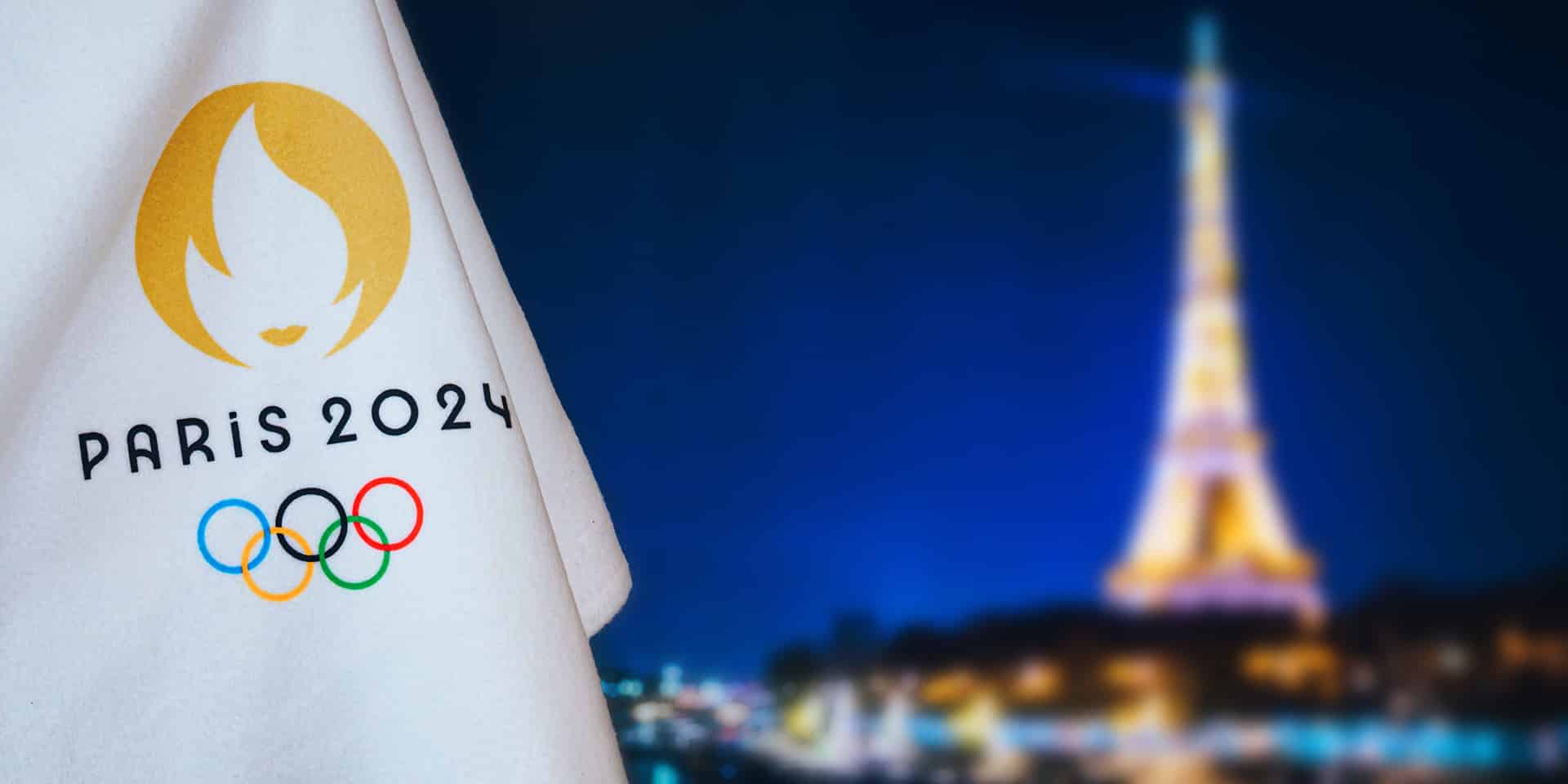
At the 2024 Paris Summer Olympics, Japan’s athletes will don cutting-edge uniforms made from a novel fabric that effectively absorbs infrared light, according to a report by Le Monde. This technological advancement aims to protect athletes’ privacy by preventing infrared light from reaching cameras and sensors, similar to how stealth aircraft deflect radar signals to evade detection.
Japan’s new athletic uniforms are the result of a collaboration between Mizuno, Sumitomo Metal Mining, and Kyodo Printing. These uniforms integrate a fabric that absorbs infrared light, providing a solution to privacy concerns that have plagued athletes in the past.
In 2020, several athletes brought complaints to the Japanese Olympic Committee after discovering that infrared camera photos of themselves were being shared on social media, often with sexually explicit captions. These images, captured using night vision goggles and thermal cameras, revealed the contours of their bodies and undergarments beneath their athletic attire. The introduction of this new fabric marks a significant step in addressing these privacy violations.
Infrared sensing technology is commonly used in night vision goggles and thermal cameras. These devices detect infrared radiation, a type of light that is not visible to the human eye but can be emitted by warm objects. The technology can uncover details that are usually concealed, as seen with the OnePlus 8 Pro’s “Photochrom” color filter, which functioned like X-ray vision on thin materials, including clothing.
Infrared photography has raised serious privacy issues, especially for athletes. In 2020, during the Tokyo Olympics, athletes were horrified to find infrared camera images of themselves circulating on social media. These images, captured without consent, displayed intimate details of their bodies, leading to widespread concern and the need for immediate action.
To address these concerns, Mizuno, Sumitomo Metal Mining, and Kyodo Printing developed a new fabric designed to obscure athletes from infrared cameras. The fabric’s capabilities were demonstrated through experiments where a black “C” printed beneath a layer of the “Game uniform fabric” and the new infrared-absorbing fabric was nearly invisible when photographed with an infrared camera.
| Fabric Type | Visibility of Black “C” with Infrared Camera | Comfort Level | Stretchability |
|---|---|---|---|
| Standard Game Uniform | Highly Visible | High | High |
| New Infrared-Absorbing Fabric | Barely Visible | Moderate | High |
| Multiple Layers of New Fabric | Not Visible | Low | Moderate |
One of the challenges in developing this new fabric was finding a balance between privacy protection and comfort. Athletes expressed concerns about the extreme heat anticipated during the Paris Olympics, necessitating a uniform that not only protects against invasive infrared photography but also remains breathable and comfortable.
- Infrared Absorption: Effectively absorbs infrared light to obscure body contours and undergarments.
- Stretchability: Provides the necessary flexibility for athletic performance.
- Breathability: Designed to keep athletes cool in high temperatures.
- Layering: Multiple layers offer increased protection but must be balanced with comfort needs.
The development of this new fabric represents a significant technological advancement in athletic apparel. By integrating infrared-absorbing capabilities, the fabric not only addresses privacy concerns but also sets a precedent for future innovations in sportswear. This technology could potentially extend beyond athletic uniforms to everyday clothing, enhancing privacy in various settings.
Experts in sports technology and privacy advocacy have lauded this innovation. Dr. Yuki Tanaka, a sports scientist, commented, “This new fabric is a game-changer for athlete privacy. It addresses a critical issue that has been overlooked for too long.” Privacy advocate Keiko Sato added, “Protecting athletes from invasive technology is paramount, and this fabric is a step in the right direction.”
Japanese athletes who have tested the new uniforms have reported positive feedback, noting the fabric’s comfort and its effectiveness in blocking infrared light. However, some athletes have expressed concerns about the potential for increased heat retention. The development team is working on optimizing the fabric to ensure a balance between protection and comfort.
As the 2024 Paris Summer Olympics approach, the introduction of infrared-absorbing uniforms for Japanese athletes signifies a pivotal moment in sportswear technology. This innovation not only protects athletes’ privacy but also demonstrates a commitment to advancing athletic apparel to meet modern challenges. The collaboration between Mizuno, Sumitomo Metal Mining, and Kyodo Printing exemplifies how technological innovation can address real-world issues, paving the way for future developments in the field.
Featured Image courtesy of U.S. Olympic & Paralympic Museum
